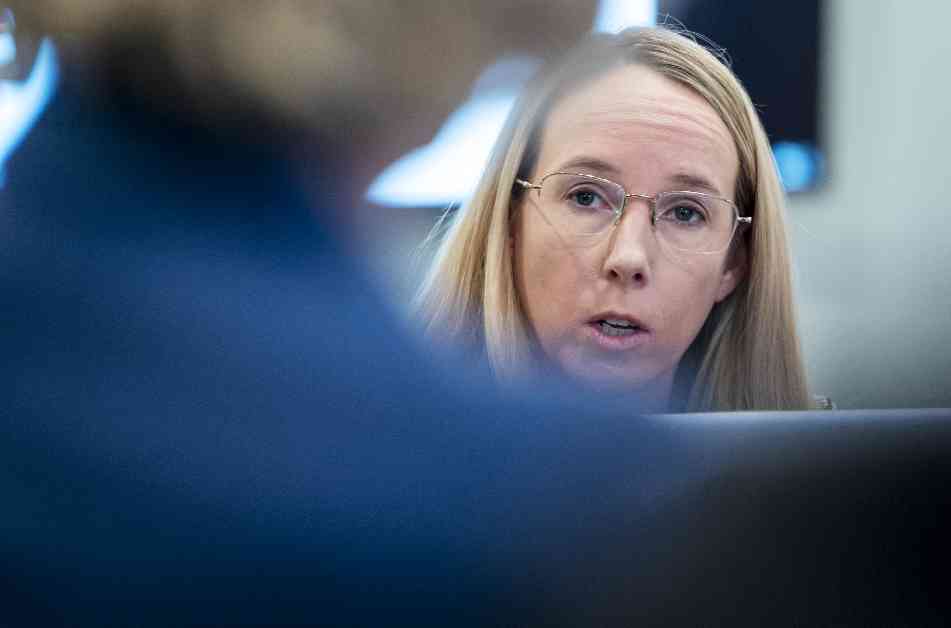Gov. Scott’s Bold Vision for Education Reform: A Closer Look
In a recent session at the Statehouse in Montpelier, Secretary of Education Zoie Saunders addressed the House Education committee, shedding light on Gov. Phil Scott’s groundbreaking education proposal. The plan aims to introduce a school choice lottery system in every regional school district across the state, providing students with the option to select their preferred educational institution.
The proposal, described by Rep. Peter Conlon as “provocative,” marks a significant shift in the educational landscape of Vermont. The introduction of school choice is just one element of Scott’s comprehensive “transformation” plan, which also includes a revamped foundation formula for education funding. This formula, if implemented, is projected to reduce education spending by approximately $180 million, presenting a substantial change to the current system.
Understanding the School Choice System
Under Scott’s proposed system, each student would be assigned a public elementary, middle, and high school by their district, with limited exceptions. However, students would have the opportunity to apply for a lottery to attend a “school choice school.” These schools could range from magnet public schools to private institutions, each designated by the respective school district.
While the proposal outlines certain guidelines that school choice schools must adhere to, such as educational and financial standards, it also grants a degree of autonomy to these institutions. Notably, state academic and operational requirements would not be uniformly applied to school choice schools, allowing for a certain level of flexibility in their operations.
One of the key considerations in implementing this system is the existing framework of school choice in Vermont. Saunders mentioned that students from towns with a history of school choice may receive preference in the lottery, acknowledging and integrating the state’s current educational landscape into the new model.
Challenges and Concerns
While the introduction of school choice presents exciting opportunities for students and families, it also raises concerns among some lawmakers. Questions have been raised regarding the potential impact of school choice on public education, with worries about competition and funding distribution.
Jill Briggs Campbell, interim deputy secretary of education, emphasized that school districts retain the authority to regulate the influx of school choice schools within their regions. This control mechanism aims to prevent a mass exodus of students from public institutions, thereby safeguarding the stability of the existing educational system.
Furthermore, the proposed establishment of regional school boards to oversee public schools has garnered attention. With each board consisting of five members representing distinct regional “wards,” the plan seeks to decentralize decision-making and encourage community involvement in educational governance. Additionally, the creation of school advisory committees comprising parents, students, teachers, and community members aims to facilitate greater transparency and collaboration within individual schools.
In conclusion, Gov. Scott’s ambitious education reform initiative represents a paradigm shift in Vermont’s educational landscape. By introducing a school choice lottery system and reevaluating the funding structure, the proposal aims to empower students while fostering innovation and accountability within the education sector. As the state legislature deliberates on the intricacies of this plan, the future of education in Vermont stands at a pivotal crossroads, balancing tradition with transformation in pursuit of excellence.









